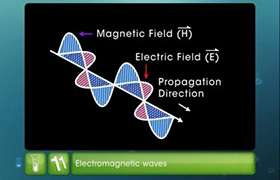CBSE Class 11-science Answered
Heisenberg assumed an electron that has a definite, known momentum and that passes under a powerful microscope. He came to know that measuring the position of an elementary particle changes its momentum in a random manner.
This technique allows the position to be specified with accuracy comparable to the wavelength of light used in the experiment. However, when the photons are scattered from the electron, they alter its momentum, because the photons have a momentum of their own. The observer cannot calculate the extent of this disturbance that is random. Increasing the wavelength decreases the disturbance, because photons of longer wavelength have less momentum and energy. However, increasing the wavelength reduces the precision of the measurement of position. Decreasing the wavelength allows better position measurement, but increases the disturbance to the momentum.
In short electrons simply don't have a definite position, and direction of motion, at the same time.
Regards
Topperlearning Team.





